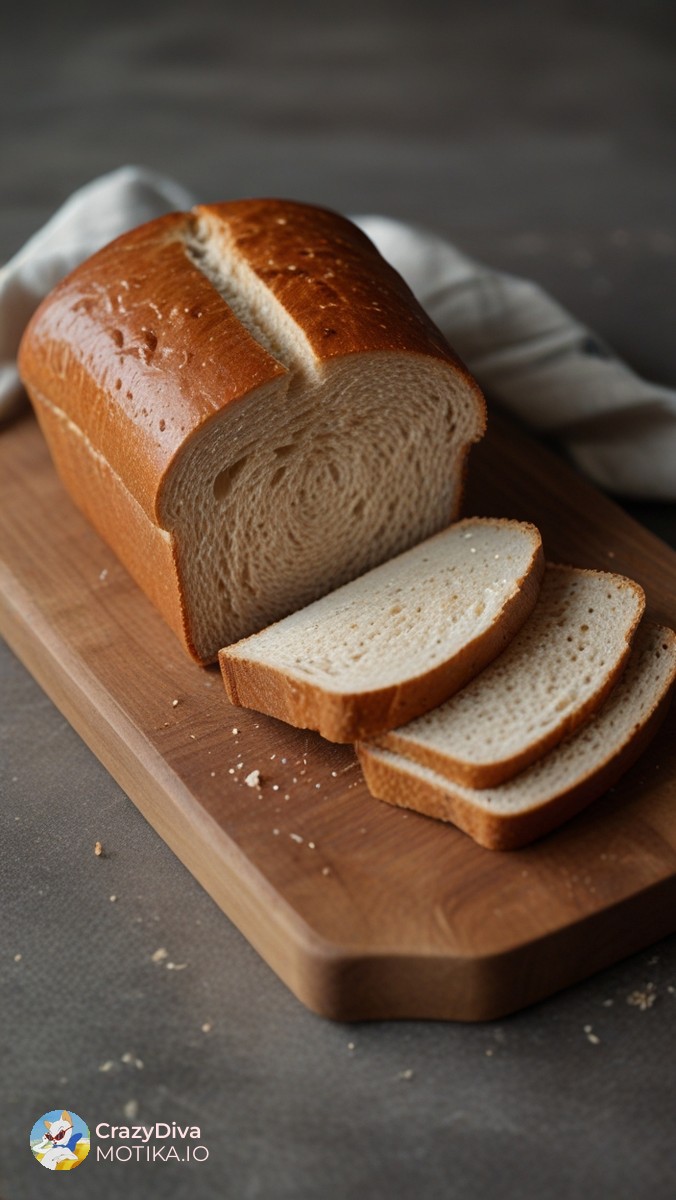Why white bread isn't as bad as we thought? Dietitians uncover its nutritional benefits.
It's earned a reputation as being one of the most unhealthy carbohydrates, full of additives and void of essential nutrients. But every bread — even white — has some benefits and there is no reason to steer clear of the traditional loaf, experts argued today.
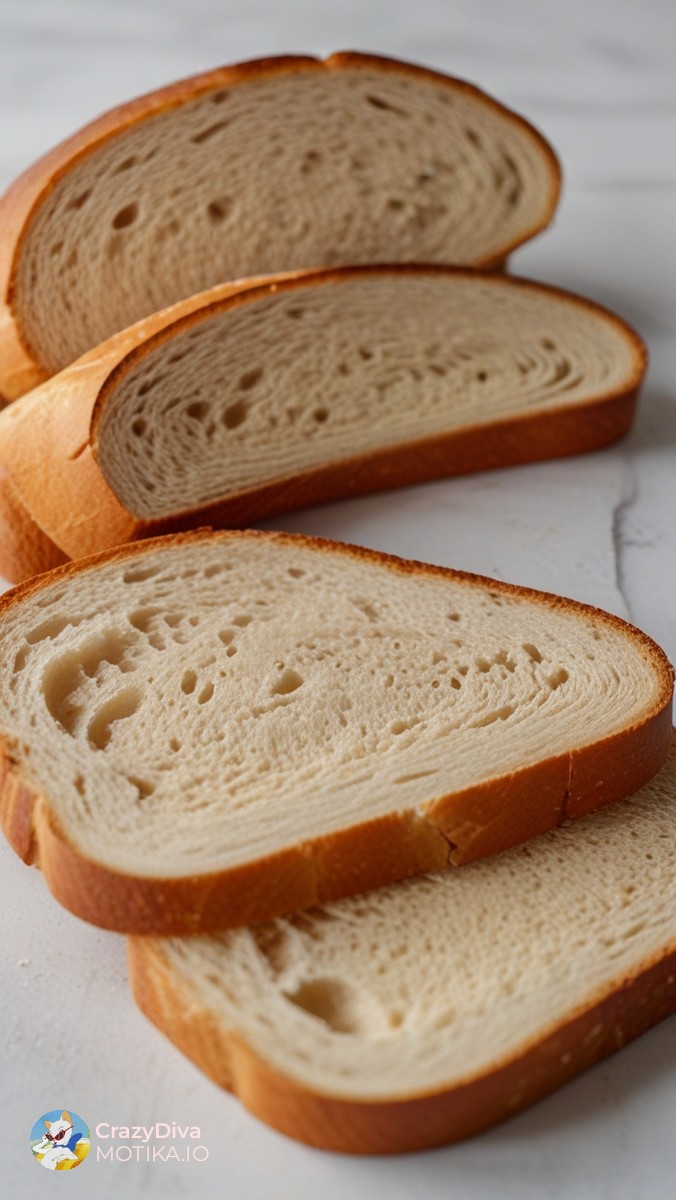
In This Article:
What is 'added to the bread that matters more'
Dr Duane Mellor, a dietitian at Aston University, said it is what is 'added to the bread that matters more'. White bread is not as bad as many people think. What's more important is to consider how people can add more fibre into their diet.
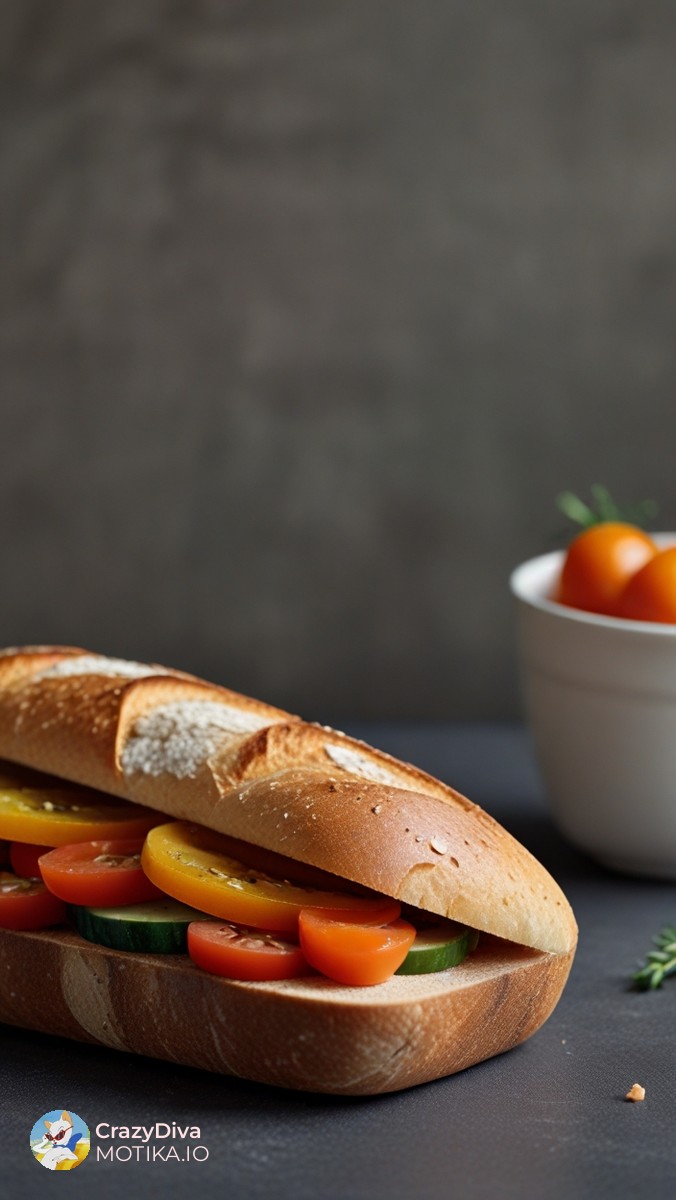
Carb Concerns: Debunking Myths Surrounding White Bread
Advocates of low-carb diets have long vilified the white loaf, warning its higher carb content can trigger spikes in our blood sugar that make us more irritable, tired and susceptible to weight gain. White bread contains around 49g of carbohydrate per 100g compared to about 41g in wholemeal bread. But Dr Mellor added: 'In terms of how quickly the starches are digested and produce glucose in our bodies, there is not a lot of difference between white and wholemeal bread. It is how the flour is milled.' Registered nutritionist and author Rob Hobson also said that a spike in blood sugars is 'a natural reaction to eating food'. 'If you are serving you sandwich with something containing fat and protein and perhaps some salad vegetables, then this will lessen the impact it has on blood sugar levels. I see nothing wrong with a good quality loaf of white bread or sourdough which is the least ultra processed.' - he added.
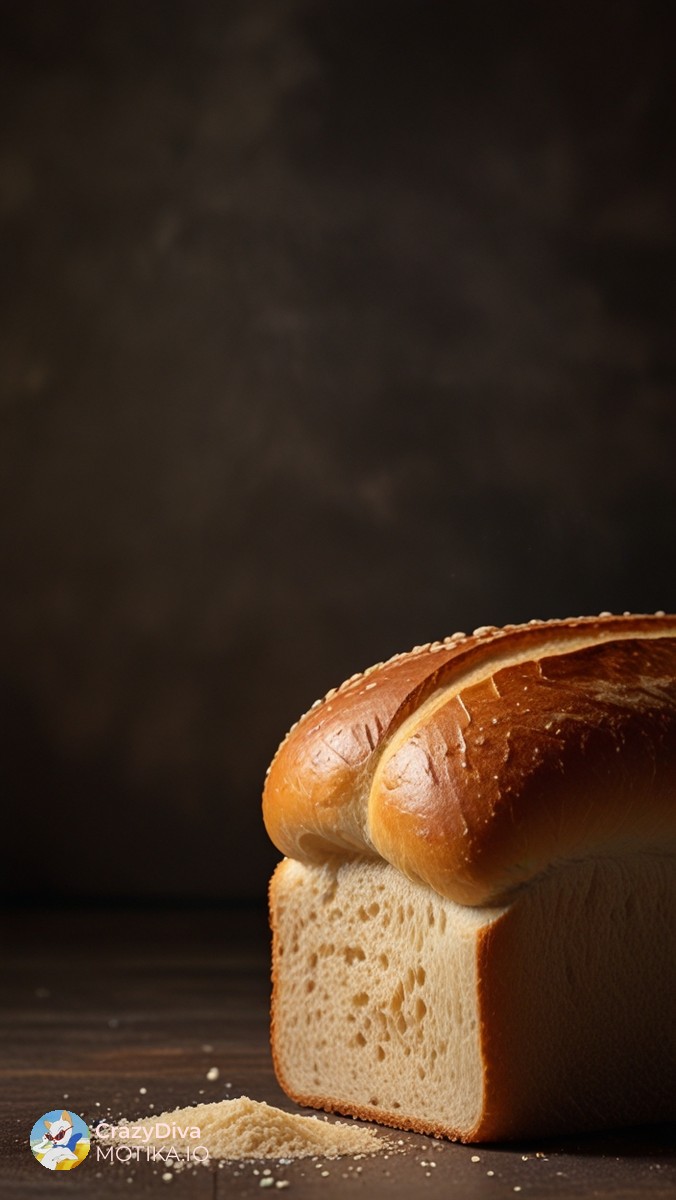
How many people do you know sit on the sofa munching slices of bread?
Dr Idrees Mughal said: 'You have to remember that bread is just energy. It will break down to glucose. Having a loaf of bread by itself every day is not going to benefit your health. You'll probably be overconsuming calories and it's not very nutritious. 'But if you're having it as part of a lunch sandwich with lettuce, grilled chicken breast, a little bit of low fat mayonnaise and maybe some pickles and relish, that's completely fine.'
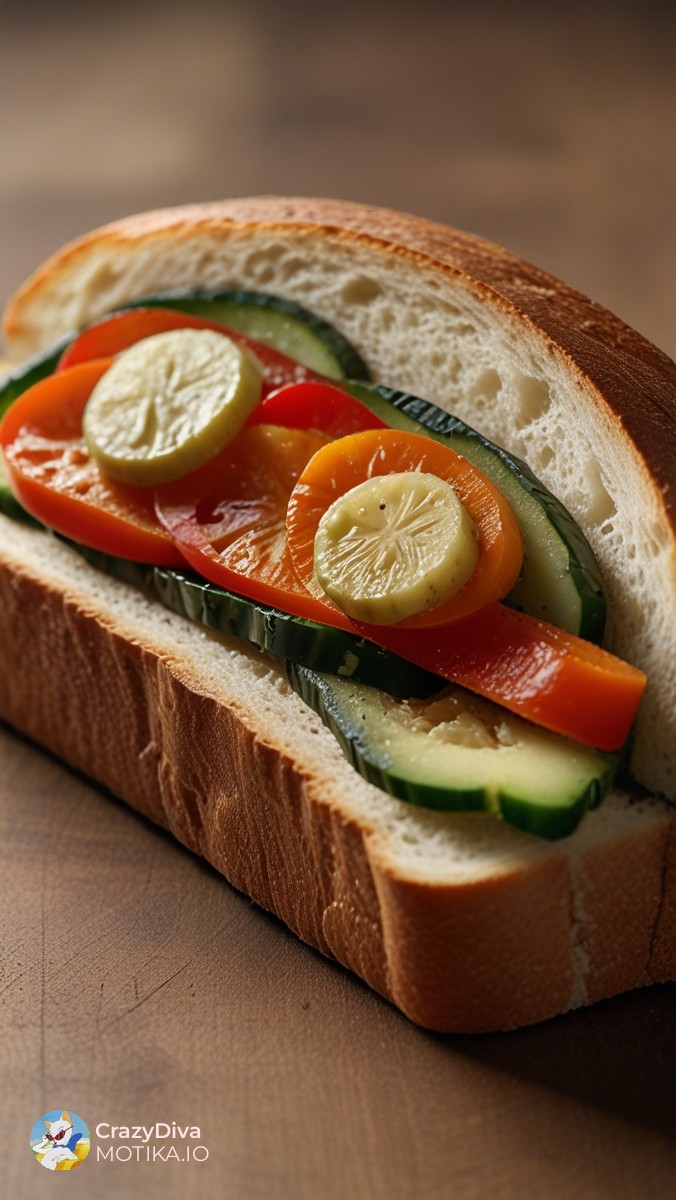
Chemicals in Bread: Misconceptions vs. Reality
Mass produced supermarket white loaves, however, are now widely considered an ultra-processed food (UPF). These include chemicals, colorings, sweeteners and preservatives that extend shelf life. Additive-laden foods have long been vilified over their supposed risks, with studies linking them to cancer and heart disease. Some experts have even called for UPFs to be slashed from diets. While white bread contains an average of 5g of sugar per 100g — a gram less than wholemeal — salt accounts for 491mg and protein, just 9g. In comparison, wholemeal bread contains an average of 400mg of salt and 13g of protein.
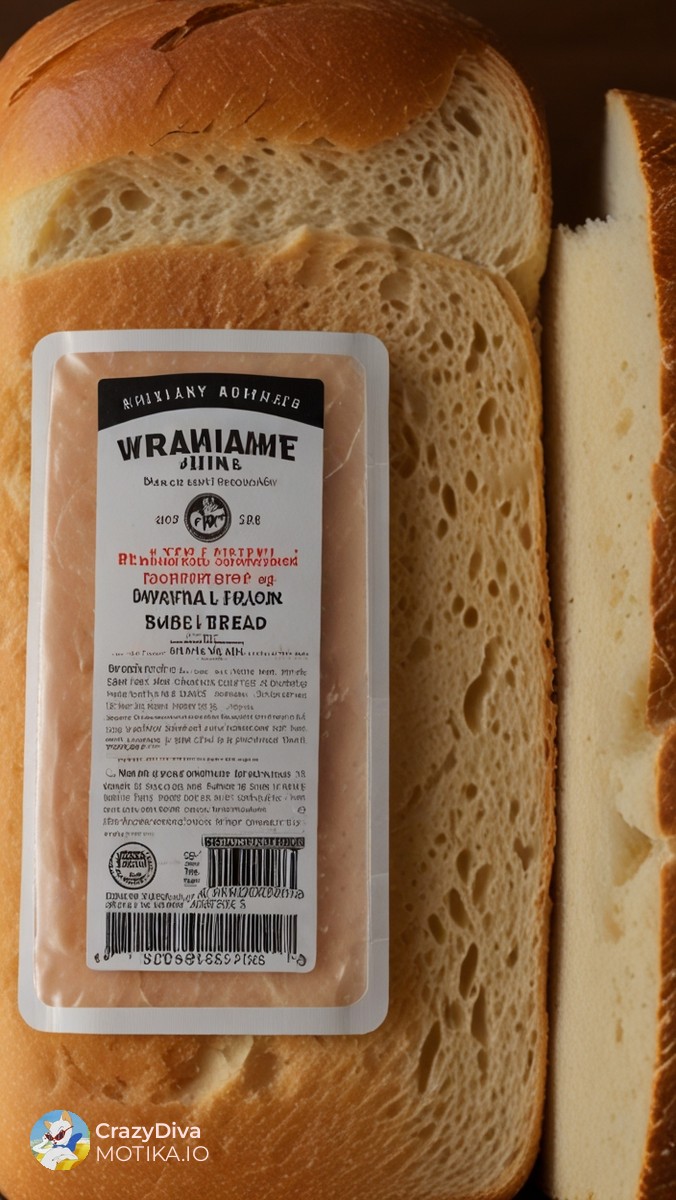
Even though some chemicals in the bread sound nasty, they are not what they seem
Yet Dr Mellor noted there are 'some things added to bread which sound like nasty chemicals'. Ascorbic acid, for example, is listed as E300, but is actually vitamin C. 'This acts as an oxidant which helps the gluten to form bonds which gives bread a better texture,' he said. 'Some people might be concerned to see the names of chemicals like calcium propionate. 'Calcium is already added to bread flour and propionate is produced through fermentation in sourdough and is important as it inhibits bacteria in dough from becoming ropey and delays the spoiling of bread by mould.'
